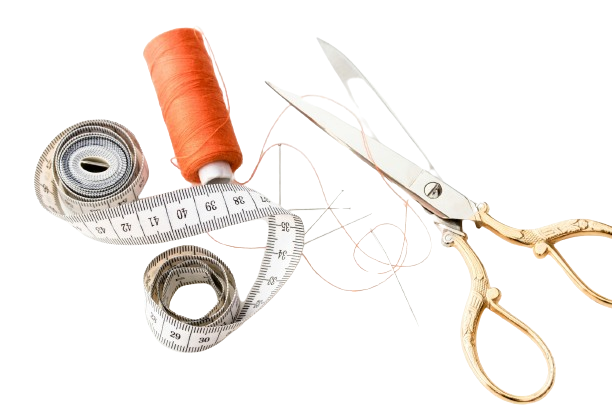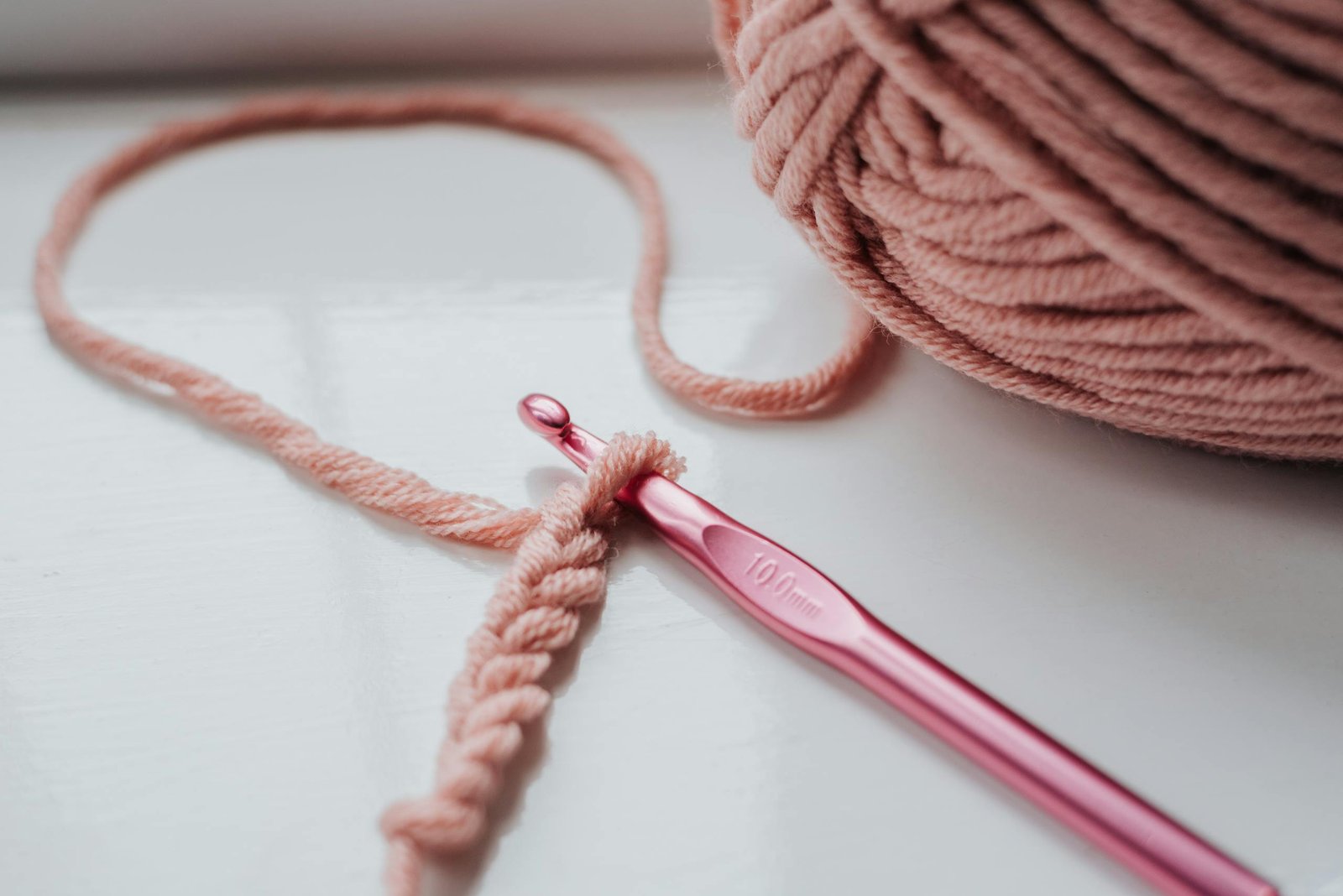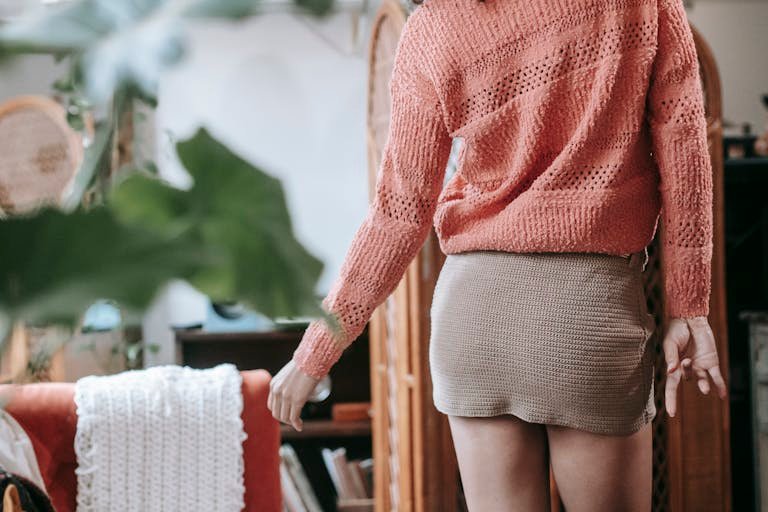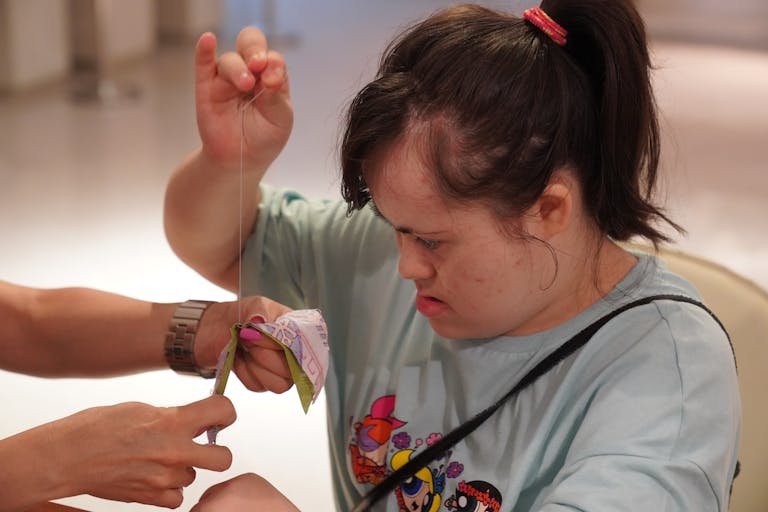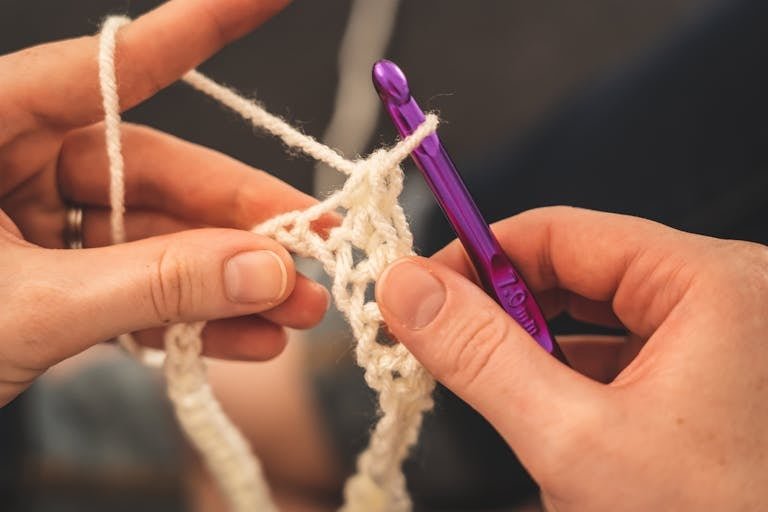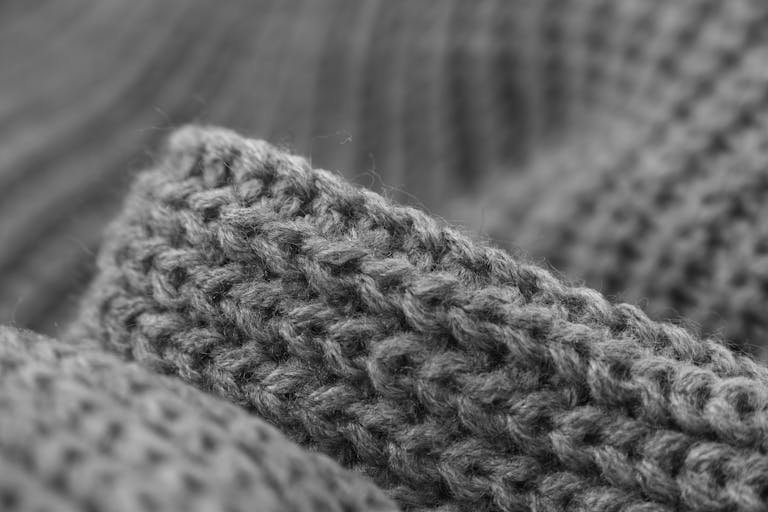Knit Stunning Letters: Easy Step-by-Step Guide
Knitting letters into your projects can add a personal and decorative touch. Whether you’re customizing a gift or creating a unique piece for yourself, incorporating letters can elevate your knitting project. Two main methods for knitting letters are Stranded Knitting with a Knitting Chart and Duplicate stitching. Each method has its advantages and can be chosen based on your project’s requirements and knitting skills. This guide will walk you through both methods in detail, ensuring you can confidently add letters to your knitting projects.
Method 1: Stranded Knitting with a Knitting Chart

Stranded knitting, also known as Fair Isle knitting, is a technique that incorporates multiple colours into your knitting as you work through your project. Using a knitting chart, you can integrate letters directly into your project. This method is ideal for designs where you want the letters to be a prominent and bold part of the overall pattern.
Step-by-Step Guide to Stranded Knitting
1. Prepare Your Project
Begin by knitting up to the row where you want the letter to appear using your chosen base-colour yarn. Make sure you have your contrasting-colour yarn ready.

2. Find a Knitting Chart
Knitting charts for letters are essentially grids where each square represents a stitch. You can find free charts online or in knitting pattern books. These charts will guide you in placing the stitches to form letters.
3. Read the Chart
Follow the chart row by row. Each square in the chart corresponds to a stitch in your knitting. Typically, a filled or coloured square indicates a knit stitch using the contrasting colour (for the letter), while an empty square indicates a knit stitch with your base colour.
4. Carry the Yarn
When you are not actively knitting with colour, carry it loosely across the back of your work. This is crucial to avoid creating unwanted holes and maintain your fabric’s integrity.
5. Maintain Tension
Keeping consistent tension is key to ensuring your letters look neat and even. If your tension is too tight, your knitting may pucker. If it’s too loose, the letters might appear sloppy.
Tips for Stranded Knitting
- Practice on a Swatch: Before starting your main project, practice knitting a few letters on a swatch. This helps you get comfortable with the technique.
- Use a Lighter Colored Yarn: This will make your letters stand out more against your base colour.
- Consider Using a Smaller Needle Size: A smaller needle can create tighter stitches, which might benefit clearer letter definition.
Example Project: Knitting a Simple Monogram Scarf
Let’s walk through a simple example of knitting a monogram on a scarf:
- Knit the Scarf Body: Use your base colour to knit the body of the scarf.
- Introduce the Letter: When you reach the row where you want to add the letter, follow your knitting chart.
- Carry and Switch Yarns: As you knit across the row, switch between the base and contrasting colours according to your chart. Carry the non-working yarn across the back.
- Finish the Letter: Continue knitting the rows according to your chart until the letter is complete.
- Complete the Scarf: Finish knitting the body of the scarf.
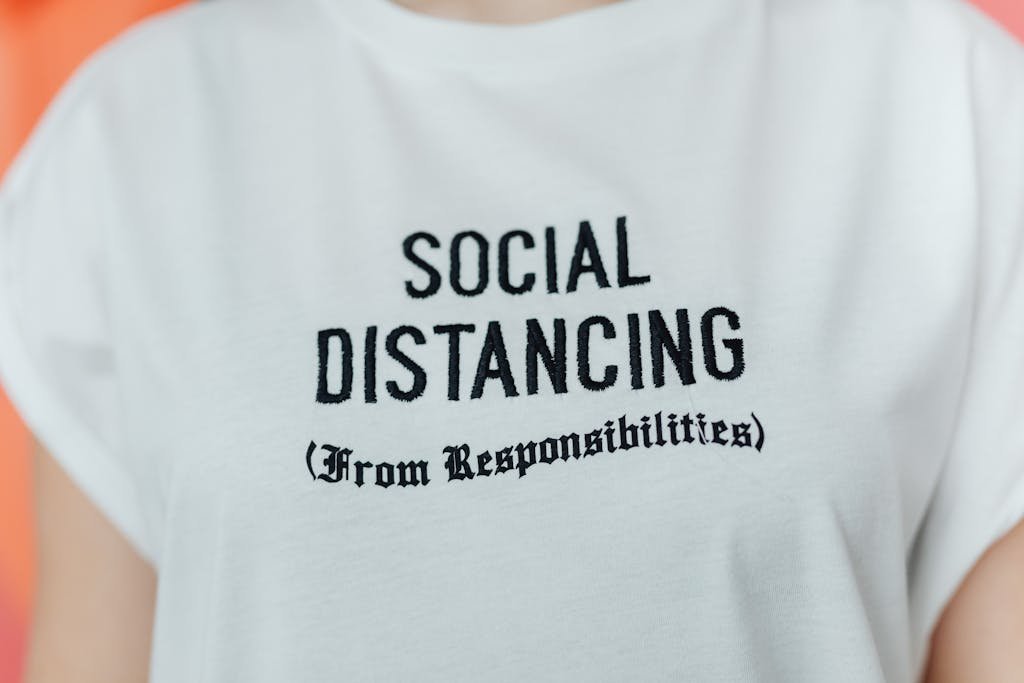
Method 2: Duplicate Stitch
Duplicate stitch is a technique for adding letters to your finished knitting. This method is ideal for adding small details or lettering to existing projects. Unlike stranded knitting, duplicate stitch does not involve working with multiple yarns simultaneously but rather uses a contrasting yarn to overlay the design onto your finished piece.
Step-by-Step Guide to Duplicate Stitch

1. Choose Your Yarn
Select a contrasting colour for the lettering that complements your base colour. The yarn should be of a similar weight to your project yarn to maintain a consistent look.
2. Thread a Tapestry Needle
Thread your chosen yarn onto a tapestry needle. A tapestry needle is blunt and has a larger eye than regular knitting needles, making it easier to work with yarn.
3. Find Your Starting Point
Locate the stitch on your knitting where you want the letter to begin. It’s helpful to mark this point with a stitch marker or a safety pin.
4. Duplicate the Stitches
Using the duplicate stitch technique, weave your yarn in and out of the existing stitches on your project, following a letter chart as a guide. Each pass of your needle should mimic a knit stitch, building up the shape of the letter.
- Insert the Needle: Start at the bottom of the letter. Insert the needle from the back to the front of the stitch you want to cover.
- Follow the Yarn Path: With your yarn, follow the path of the stitch. This typically involves going through the base of the stitch above and then back through the base of the original stitch.
- Repeat: Continue this process, following your chart, until the letter is complete.
5. Weave in Ends
Once you’ve finished the letter, weave in any loose yarn ends on the back of your knitting to secure them. This will help prevent the letters from tattering over time.
Tips for Duplicate Stitch
- Practice on a Swatch: Before adding letters to your main project, practice the duplicate stitch technique on a swatch to get comfortable with the process.
- Use a Lighter Colored Yarn: This helps the letters stand out more against your base colour.
- Keep Tension Consistent: Just like with stranded knitting, maintaining consistent tension is crucial to ensure your letters look neat and even.
Example Project: Adding a Name to a Baby Blanket
Here’s how you might add a name to a baby blanket using duplicate stitch:
- Knit the Blanket: Complete knitting the baby blanket using your base colour.
- Plan the Letter Placement: Decide where you want to add the name. Mark the starting point with a stitch marker.
- Duplicate Stitch the Name: Using your contrasting yarn, follow a letter chart to duplicate stitch each letter of the name onto the blanket.
- Weave in the Ends: Once all the letters are complete, weave in the yarn ends on the back of the blanket.
Additional Tips for Knitting Letters
Practice on a Swatch
Before tackling your main project, it’s always a good idea to practise knitting a letter or two on a swatch. This helps you get a feel for the technique and allows you to make any necessary adjustments before working on your main piece.
Use a Lighter Colored Yarn
Using a lighter-coloured yarn for your letters can help them stand out more against your base colour. This is especially important if your base colour is dark.
Consider Using a Smaller Needle Size
Using a slightly smaller needle size for stranded knitting can create a tighter stitch definition, making your letters look clearer and more precise.
Read Also: How to Thread a Sewing Machine Bobbin
Final Words
Knitting letters into your projects is a wonderful way to personalize and enhance your creations. Whether you choose stranded knitting with a chart or duplicate stitch, each method offers a unique way to add letters to your knitting. Following the detailed steps and tips in this guide, you can confidently add beautiful, bold letters to your knitting projects. So grab your yarn and needles, and start creating something truly special today!
